Armenia
Armenia Tourist Attractions: Unveiling the Country's Hidden Gems
Armenia is a small but fascinating country in the Caucasus region, with a rich history, culture, and natural beauty. If you are looking for a destination that is off the beaten path, affordable, and full of surprises, Armenia might be the perfect choice for you. In this blog post, I will share with you some of the best tips and information on how to plan your perfect trip to Armenia in 2023.
Visa Requirements
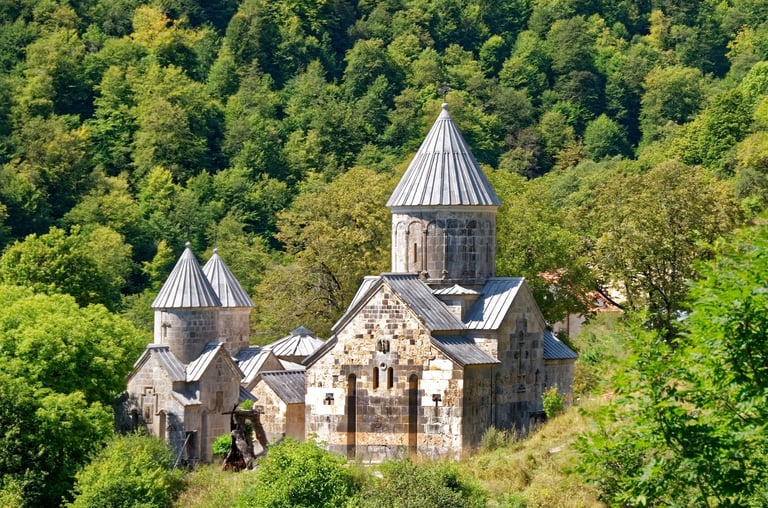

Indian passport holders have the privilege of being eligible for either an E-Visa or a Visa on Arrival. There are two options for the E-Visa: one allows for a visa duration of up to 21 days with a fee of USD 7, while the other permits a longer stay of up to 120 days with a fee of USD 34. The processing time for the E-Visa takes up to 3 working days.
Visa on Arrival is only applicable at the Armenian border if you possess a valid visa or resident card issued by the following countries: EU and Schengen member states, GCC member states, USA, Australia, New Zealand, Republic of Korea, UK, Canada, Russian Federation, and Japan.
In order to complete your E-visa application, you will need to submit a visa application form along with passport and a recent photo. It is also recommended to provide your air ticket and hotel reservation, bank statements, health or travel insurance coverage during your trip. These documents are essential for a successful visa application.

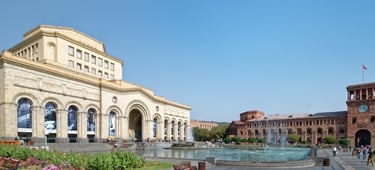
The best time to visit Armenia depends on what you want to see and do in the country. Generally speaking, the spring (April-May) and autumn (September-October) are the most pleasant seasons, with mild temperatures, sunny days, and colorful landscapes. The summer (June-August) can be very hot and crowded, especially in Yerevan, the capital city. The winter (November-March) can be cold and snowy, but also offers some opportunities for skiing and snowshoeing in the mountains.
Best Time to Visit
The easiest way to get to Armenia is by flying. There are two international airports in the country: Zvartnots International Airport in Yerevan, and Shirak International Airport in Gyumri. You can find direct flights to Yerevan from many cities in Europe, Russia, and the Middle East. Some low-cost airlines that fly to Yerevan are Ryanair, Wizz Air, Pegasus Airlines, and Air Arabia. You can also fly to Gyumri from Moscow or Istanbul with Pobeda or Turkish Airlines.
Another option to get to Armenia is by land from Georgia or Iran. There are regular buses and minibuses that connect Yerevan with Tbilisi and Tehran. The journey takes about 6 hours from Tbilisi and 12 hours from Tehran. You can also take a train from Tbilisi to Yerevan, which takes about 10 hours and runs twice a week.
How to Get There


The best way to get around Armenia is by public transport or by renting a car. Public transport is cheap and reliable, but not very comfortable or frequent. You can use buses, minibuses (called marshrutkas), taxis, or trains to travel within and between cities. The most popular app for booking taxis is GG Taxi, which works like Uber or Lyft. You can also use Yandex Taxi or Bolt which are similar apps.
If you want more flexibility and convenience, you can rent a car and drive yourself around Armenia. The roads are generally in good condition, but some mountain roads can be narrow, winding, and unpaved. You will need an international driving license and a credit card to rent a car in Armenia. You can find many car rental companies in Yerevan or at the airport. Some of the reputable ones are Hert, Enterprise, and Europcar.
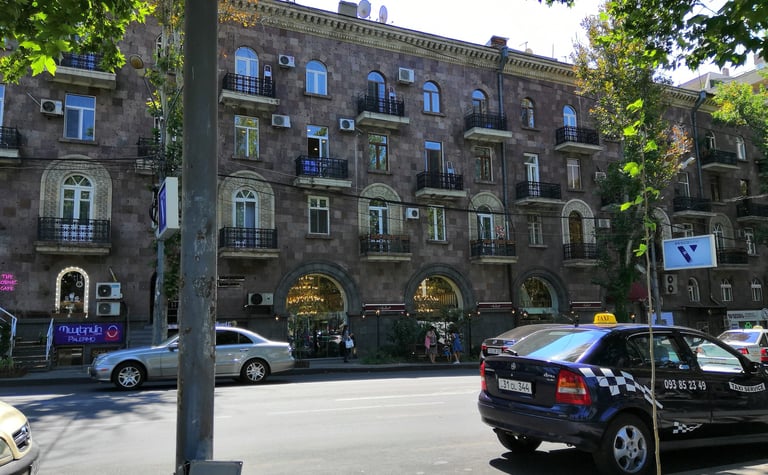

How To Get Around
Armenia has a wide range of accommodation options for every budget and preference. You can find hotels, hostels, guesthouses, apartments, campsites, or even homestays in different parts of the country. Some of the best areas to stay in Armenia are:
Yerevan
The capital city has the most choices of accommodation, from luxury hotels to cozy hostels. You can stay in the city center, near the Republic Square or the Opera House, where you can enjoy the lively atmosphere, the cultural attractions, and the nightlife. Alternatively, you can stay in quieter neighborhoods like Kentron or Arabkir, where you can find more local charm and green spaces.
Dilijan
This town in the north-east of Armenia is known as the "Little Switzerland" of the country, thanks to its lush forests, rolling hills, and alpine lakes. It is a popular destination for nature lovers and hikers who want to explore the Dilijan National Park or visit some of the nearby monasteries like Haghartsin or Goshavank. You can stay in one of the many guesthouses, cottages, or resorts in Dilijan, or camp in the national park.
Goris
This town in the south of Armenia is a good base for visiting the Tatev Monastery, one of the most impressive and important religious sites in the country. You can reach the monastery by taking the world's longest cable car, called the Wings of Tatev, which offers stunning views of the Vorotan Gorge. Goris itself is a charming town with stone houses, a museum, and a cave village. You can stay in one of the hotels, hostels, or homestays in Goris, or camp near the monastery.
Where to stay


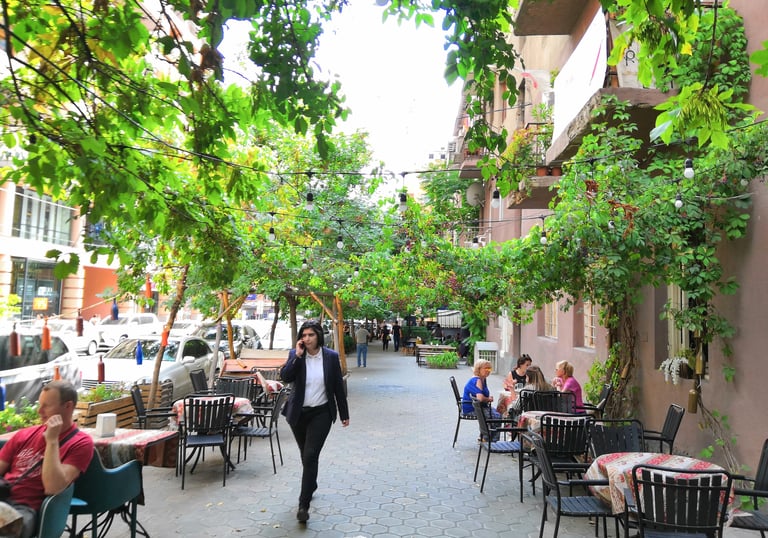

Armenia has a lot to offer to its visitors, from ancient churches and monasteries to scenic mountains and lakes. Here are some of the highlights that you should not miss on your trip to Armenia:
Yerevan
The capital city is a vibrant and modern metropolis with a rich history and culture. You can visit some of the iconic landmarks like the Cascade, a massive staircase with fountains and sculptures; the Matenadaran, a museum and library that houses thousands of ancient manuscripts; the Genocide Memorial, a monument and museum that commemorates the victims of the Armenian Genocide; and the Vernissage, a huge open-air market where you can buy souvenirs, handicrafts, and antiques.
Lake Sevan
This is the largest lake in Armenia and one of the highest freshwater lakes in the world. It is a popular destination for swimming, boating, fishing, or sunbathing. You can also visit some of the historical and religious sites around the lake, such as the Sevanavank Monastery, which stands on a peninsula overlooking the lake; or the Hayravank Monastery, which is perched on a cliff above the shore.
Garni Temple
This is the only surviving pagan temple in Armenia, dating back to the first century AD. It was dedicated to the sun god Mihr and has a classical Greek style with Ionic columns and friezes. It is located in a picturesque setting on a cliff above the Azat River. You can also see some of the Roman baths and mosaics near the temple.
Geghard Monastery
This is one of the most impressive and unique monasteries in Armenia, partly carved out of a mountain. It was founded in the fourth century AD and is famous for its acoustics, architecture, and relics. It is said to have housed the Holy Lance that pierced Jesus' side during his crucifixion. You can admire the intricate carvings, frescoes, and khachkars (cross-stones) inside and outside the monastery.
Noravank Monastery
This is another stunning monastery that is located in a narrow gorge surrounded by red cliffs. It was built in the 13th century AD and has a distinctive style with two-story churches and elaborate decorations. The main church has a narrow staircase that leads to the second floor, where you can see some of the finest examples of Armenian
religious art.
What to See & Do
Dilijan: A Gem of Nature and Culture in Armenia
If you are looking for a place to relax, rejuvenate, and explore the beauty and history of Armenia, then Dilijan is the perfect destination for you. Dilijan is a spa town and urban municipal community in the Tavush Province of Armenia, situated within the Dilijan National Park. The town is one of the most important resorts in Armenia, known for its lush green forests, mineral springs, and rich cultural heritage. Dilijan is often referred to as the Armenian Switzerland or Little Switzerland by the locals, because of its stunning scenery and climate.
Dilijan has a lot to offer to its visitors, whether you are interested in nature, culture, or adventure. Here are some of the highlights of Dilijan that you should not miss:
Dilijan National Park
This is the largest protected area in Armenia, covering more than 240 square kilometers of forests, meadows, rivers, and mountains. The park is home to a diverse flora and fauna, including more than 900 species of plants, 150 species of birds, and 40 species of mammals. You can enjoy hiking, biking, camping, fishing, or picnicking in the park, or visit one of the many natural attractions, such as Lake Parz (Crystal), a clear and serene lake surrounded by pine trees; or Jukhtak Vank (Cross Monastery), a medieval monastery complex hidden in the woods.
Haghartsin Monastery
This is one of the most impressive and well-preserved monasteries in Armenia, dating back to the 10th-13th centuries. The monastery is located in a picturesque valley, about 18 kilometers from Dilijan. The complex consists of several churches, chapels, refectories, and khachkars (cross-stones), all decorated with intricate carvings and frescoes. The main church of St. Astvatsatsin (Holy Mother of God) is especially remarkable for its dome and gavit (narthex). The monastery also has a legend associated with it: according to the story, an eagle was flying over the dome of the main church during its construction, holding a piece of meat in its claws. The meat fell on the dome and left a stain that can still be seen today.
Goshavank Monastery
This is another splendid monastery complex in Dilijan, founded in the 12th century by Mkhitar Gosh, a famous Armenian scholar and writer. The monastery is located in the village of Gosh, about 22 kilometers from Dilijan. The complex includes several churches, chapels, a school, a library, and a cemetery. The most notable feature of the monastery is the khachkar of Amenaprkich (All-Savior), carved by Poghos in 1291. This khachkar is considered to be one of the masterpieces of Armenian stone art, with its intricate geometric patterns and floral motifs.
Sharambeyan Street
This is the heart of Dilijan's old town, where you can experience the traditional Armenian architecture and culture. The street has been preserved and renovated through the efforts of the Tufenkian Foundation of Cultural Heritage, and features several craftsman's workshops, a gallery, a museum, and a hotel. You can see how local artisans make pottery, woodwork, carpets, jewelry, and other handicrafts; or visit the museum to learn more about the history and customs of Dilijan. You can also stay at the Tufenkian Old Dilijan Complex, a charming hotel that offers cozy rooms decorated with antique furniture and handmade textiles.
Tsaghkadzor
Tsaghkadzor is a charming town in the Kotayk Province of Armenia, about 50 kilometers north of the capital Yerevan. It is one of the most popular resorts and winter destinations in the country, thanks to its scenic location in the Tsaghkunyats Mountains.
Tsaghkadzor means "valley of flowers" in Armenian, and the town lives up to its name with its colorful and fragrant nature in spring and summer.
If you are looking for a relaxing getaway or an adventurous exploration, Tsaghkadzor has something for everyone. You can enjoy ski, snowboard, or sled on the slopes of Mount Teghenis.
Armenia has a delicious and diverse cuisine that reflects its geography, history, and culture. You can find influences from neighboring countries like Turkey, Georgia, Iran, and Russia, as well as from Mediterranean and Middle Eastern cuisines. Some of the dishes that you should try in Armenia are:
Lavash
This is a thin unleavened bread that is baked in a clay oven called tonir. It is soft and flexible and can be used to wrap meat, cheese, vegetables, or herbs. It can also be eaten plain or with dips like hummus or matzoon (yogurt).
What to Eat and Drink
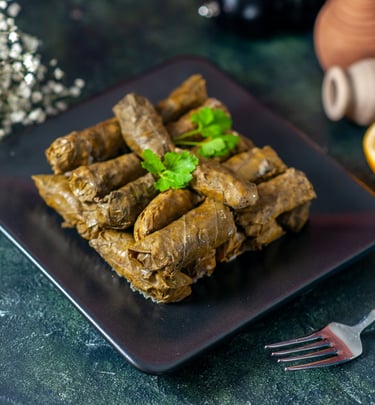



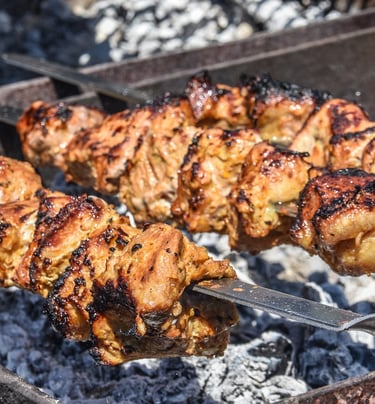

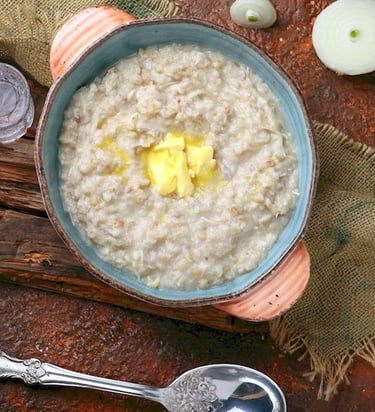

Dolma
This is a dish of stuffed grape leaves or cabbage leaves with rice, meat, herbs, and spices. It can be served hot or cold with yogurt or garlic sauce.
Khorovats
This is Armenian barbecue, consisting of grilled meat (usually pork or lamb) marinated with onion, garlic, salt, pepper, and herbs. It is served with lavash bread, salad, and grilled vegetables.
Harissa
This is a thick porridge made of wheat and chicken or lamb. It is cooked slowly over low heat until it becomes creamy and tender. It is seasoned with butter, salt, pepper, and cumin. It is often eaten during winter or on special occasions.
Gata
This is a sweet pastry filled with nuts, sugar, butter, and vanilla. It can have different shapes and sizes depending on the region. It is usually baked in a tonir oven or on a griddle.
